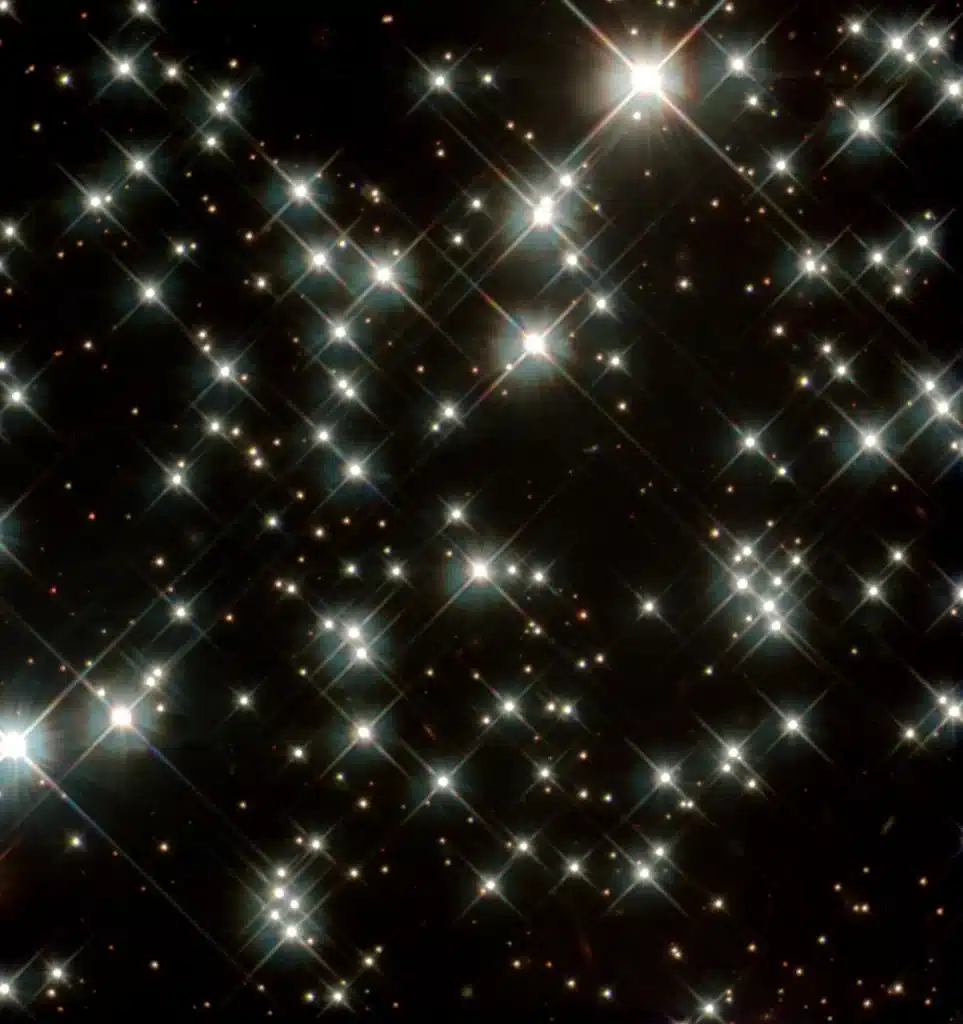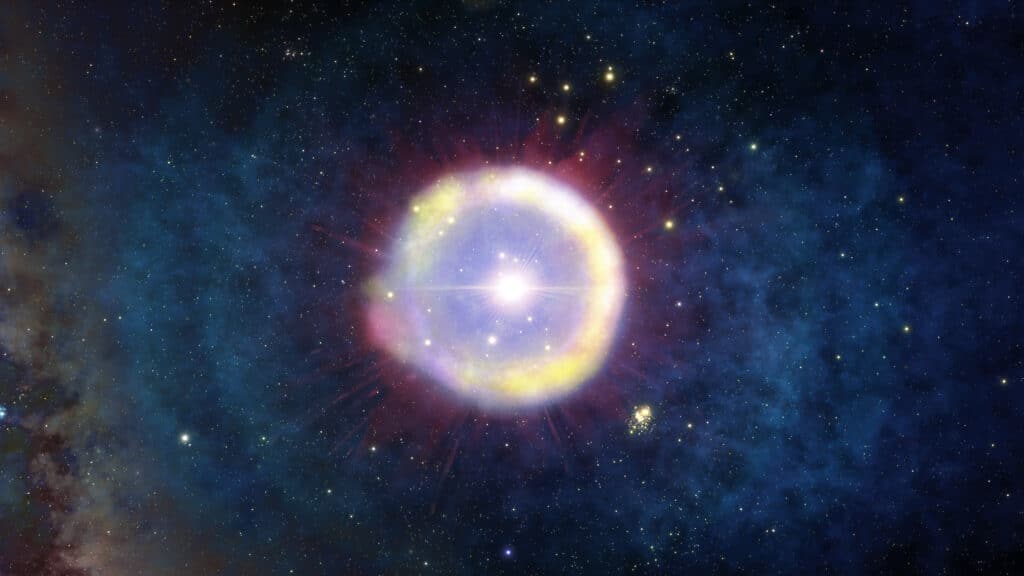Astronomers have made an astonishing discovery when it comes to ancient stars. Scientists from North Carolina University found that these ancient stars were capable of producing elements heavier than any naturally found on Earth, with atomic masses exceeding 260. This finding not only deepens our understanding of how elements are formed in stars but also challenges our current knowledge of the periodic table.
To understand this discovery, it’s important to grasp how stars function as element factories. Stars create elements through the fusion and fission of atomic particles. Atomic mass, a key concept here, refers to the total number of protons and neutrons in an atom’s nucleus. The heavier the element, the more protons and neutrons it has.
The creation of the heaviest elements, such as gold, platinum, or uranium, occurs through a process known as the rapid neutron capture process, or r-process. This process involves a flurry of neutrons binding to an atomic nucleus, rapidly adding mass and resulting in the formation of these heavy elements. These elements are typically unstable or radioactive, meaning they naturally decay over time, often through a process called fission, where the atom splits into smaller parts.
“The r-process is necessary if you want to make elements that are heavier than, say, lead and bismuth,” says study lead author Ian Roederer, associate professor of physics at North Carolina State University, in a university release. “You have to add many neutrons very quickly, but the catch is that you need a lot of energy and a lot of neutrons to do so. And the best place to find both are at the birth or death of a neutron star, or when neutron stars collide and produce the raw ingredients for the process.”

However, many aspects of the r-process remain a mystery, including its limits. Questions like “How many neutrons can be added?” or “How heavy can an element be?” have puzzled scientists. To shed light on these questions, researchers analyzed the composition of 42 well-studied stars in the Milky Way, known for containing heavy elements formed by the r-process in earlier star generations.
By examining the collective amounts of each heavy element in these stars, rather than individually as is typically done, the team uncovered new patterns. They found that certain elements, like silver and rhodium, found near the middle of the periodic table, are likely remnants of the fission of super-heavy elements. Their analysis concluded that the r-process can produce atoms with an atomic mass of at least 260 before they undergo fission.
“That 260 is interesting because we haven’t previously detected anything that heavy in space or naturally on Earth, even in nuclear weapon tests,” explains Roederer. “But seeing them in space gives us guidance for how to think about models and fission – and could give us insight into how the rich diversity of elements came to be.”
The study was published in the journal Science.













My understanding of stellar astronomy is nothing special, but my understanding is that the core of the sun is atomic particles smashed so close together it is like neutrons packed together like pool balls. They probably do stick together in large numbers and may get expelled and then break down. In any case, very fascination where all the stuff that makes up our world comes from and how old it is.